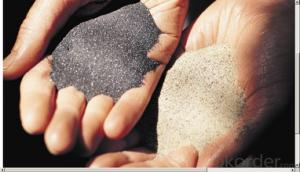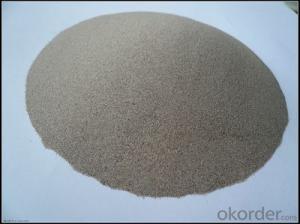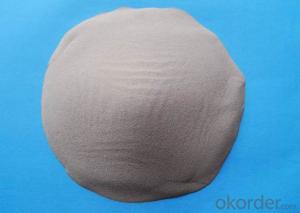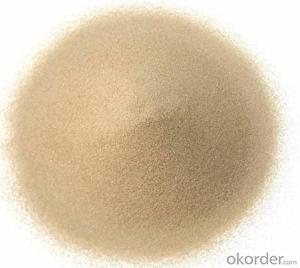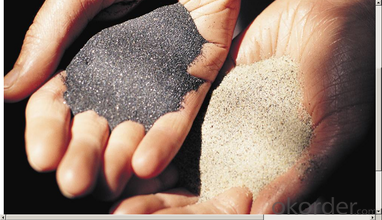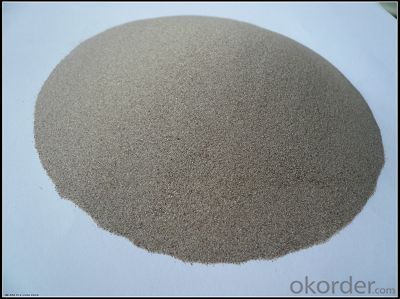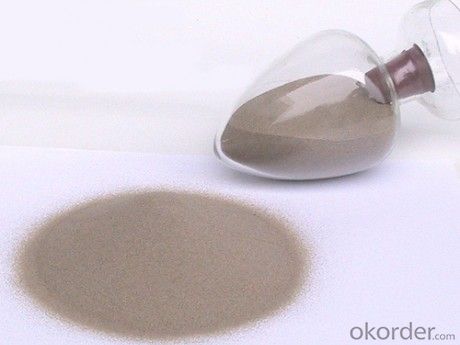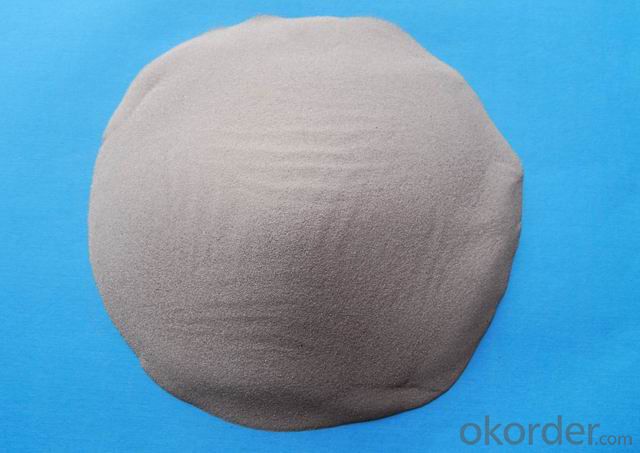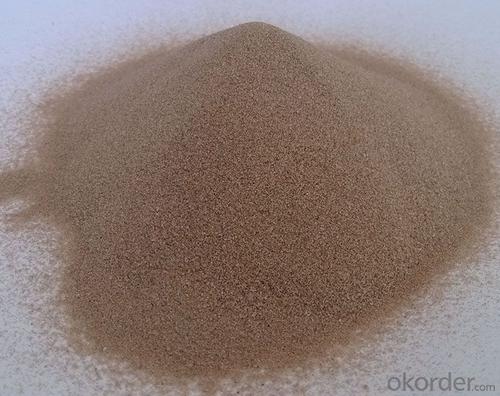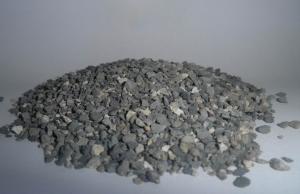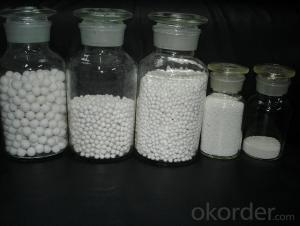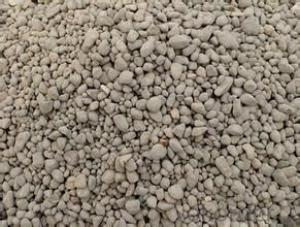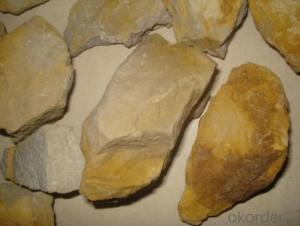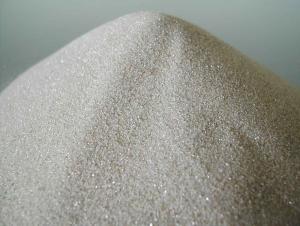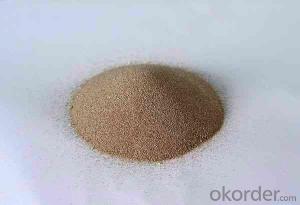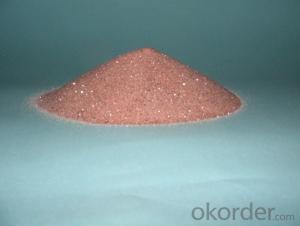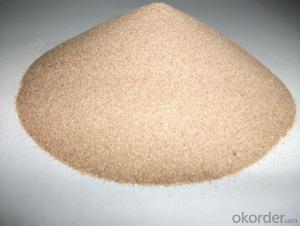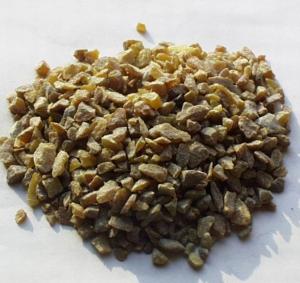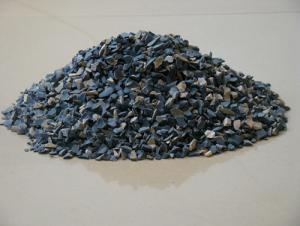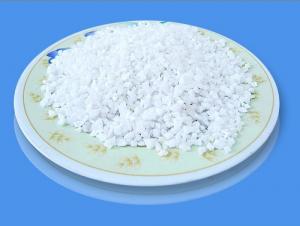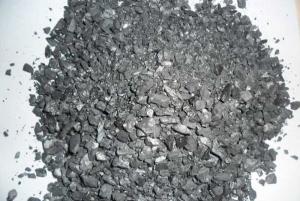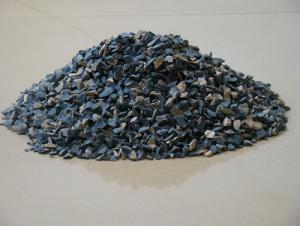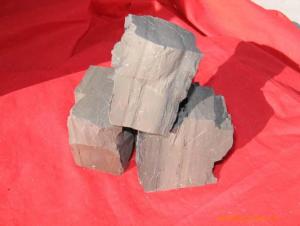High Purity Raw Materials for Refractory:Zircon Sand and Zircon Powder
- Loading Port:
- Tianjin
- Payment Terms:
- TT OR LC
- Min Order Qty:
- 25 m.t.
- Supply Capability:
- 3000 m.t./month
OKorder Service Pledge
OKorder Financial Service
You Might Also Like
High Purity Refractory Material/ Zircon Sand and Zircon Powder
1.Structure of Zircon Sand and Zircon Powder
We are offer zircon sand With Below Mention Descriptions: ZrO2 65 - 67 %. We are offer zircon sand With Below Mention Descriptions: ZrO2 65 - 67 %. Zircon is a remarkable mineral, if only for its almost ubiquitous presence in the crust of Earth. It occurs in igneous rocks as primary crystallization products, in metamorphic rocks and in sedimentary rocks as detrital grains. Further, the mineral due to hardness, durability and chemical inertness, zircon persists in sedimentary deposits and is a common constituent of most sands.
2.Main Features of Zircon Sand and Zircon Powder
1.Item:zircon sand
2.Purity:66%
3.Mainly used in Ceramic Industry
4.Industry grade: ZrSiO4>99%
3.Main usage of Zircon Sand and Zircon Powder
The zircon sand is mainly used for fireproof materials (commonly called zirconium fireproof materials such as corundum bricks and zirconium fireproof fiber), sand for casting mould in casting industry (precision casting sand) and fine enamelware. In addition, the zircon sand is also used in the production of glass, metal (zirconium sponge) and zirconium compounds (zirconium dioxide, zirconium oxychloride, sodium zirconate, zirconium potassium fluoride, zirconium sulfate, etc.).
4. Zircon Sand and Zircon Powder Images
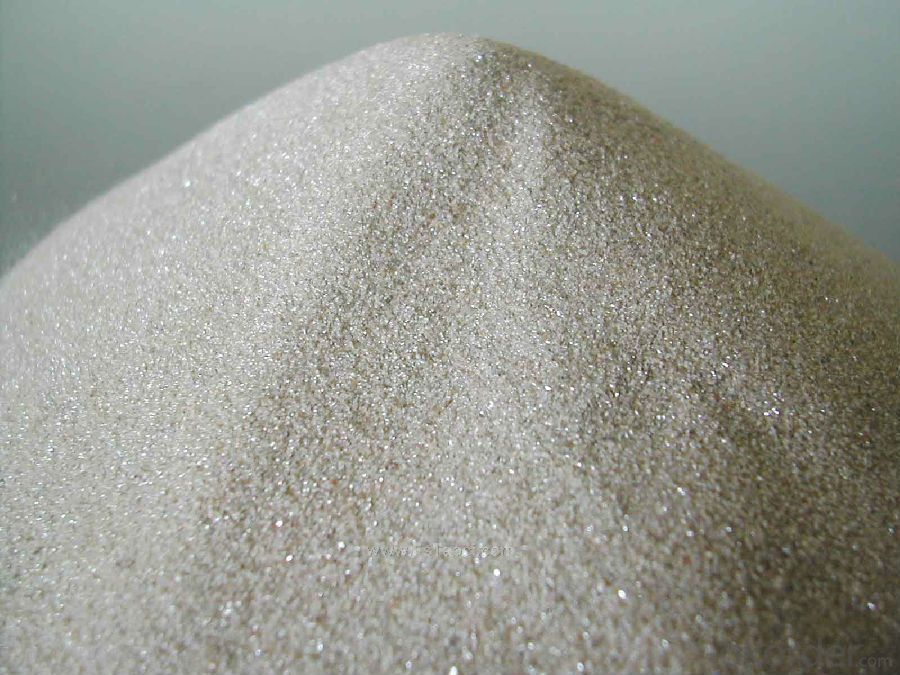
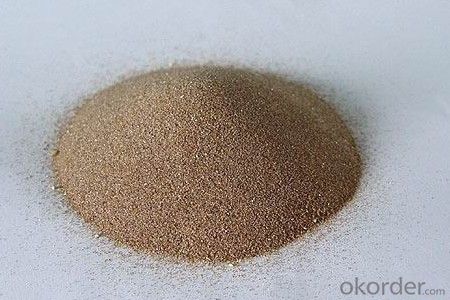
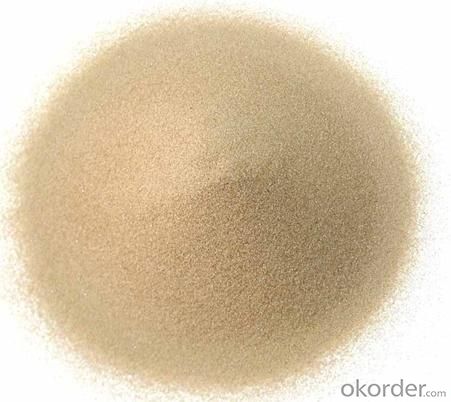
5. Zircon Sand and Zircon Powder Specification
Item | SY8 | SY6 |
Zr Content (ZrO2) | ≥66% | ≥65.5% |
Fe Content (Fe2O3) | ≤0.08% | ≤0.12% |
Ti Content (TiO2) | ≤0.10% | ≤0.10% |
6.FAQ of Zircon Sand and Zircon Powder
1). Q: Are you a factory or trading company?
A: We are a factory.
2). Q: Where is your factory located? How can I visit there?
A: Our factory is located in China. You are warmly welcomed to visit us!
3). Q: How can I get some samples?
A: Please contact me for samples
- Q: Who know what kind of fire shutter fire rating are there?
- The fire resistance limit of high steel structure reduces the loss of fire, achieves remarkable results. The specification is mae in order to unify the application technical requirements of the design, construction method and quality standard of the steel structure fire retardant coating, and ensure the application effect, safety. The specifications is formulated in accordance with national engineering construction of the relevant policies and "giving priority to prevention, combining fire prevention and fire extinguishing. investigated characteristics of steel structure fire in China, summed up the experience of fire resistant coating for steel structure, and absorb domestic and foreign advanced technology and scientific achievement in fire retardant coatings for steel structures, and repeatedly solicited the relevant scientific research and design, production of construction, colleges and universities, public security department
- Q: which kind of material is chosen for fireproofing window?
- Firstly, fireproofing window glass must be tempered, ordinary glass won't play a role of fireproofing, and fireproofing window fan is fixed, can't be open, if you can open it, it won't play a role of fireproofing. And you can ask the property to provide texture report of fireproofing windows, fireproof material stipulated by our national fire protection laws and regulations must have fireproofing inspection reports, there must be. and fire window glass should have a fireproofing sign. The main role of fireproofing window is to isolate the fire, and play a role of fireproofing and escaping, avoid the fire quickly spread in.
- Q: What are included in wall fireproofing material?
- Wall fireproofing materials include dry wall and gypsum block. Dry wall is made into board material through process by using building plaster as main material, adding an appropriate amount of additive and fiber to make board core and using tailor-made board paper as protection surface. Dry wall ia characterized by light weight, sound insulation, heat insulation, strong processing performance and easy construction method. Gupsum block is lightweight building plaster product made by using building plaster as main raw material, adding water, stirring, moulding by casting and drying. Fiber reinforced material or lightweight?aggregate are allowed to add during the production and foaming?agent can also be added. It is soundproof, fireproof, convenient to construct and many other advantages. It is a kind of new wall material with low carbon, environmental protection, health and in line with the development requirements of the times.
- Q: How many kinds of fireproof materials are there in the market?
- Inorganic insulation materials basically can achieve the goal, such as glass wool, rock wool, and foam glass. The phenolic foam in the organic foam material is special. Phenolic foam is not only good at insulation, but also good at compounding with steel and other materials to achieve A-level performance, and the A-level insulation materials are: rock(ore) wool, foam glass and inorganic thermal insulation mortar. Insulation materials with B1 combustibility mainly are: Phenolics, polystyrene granules, etc. The insulation materials of fire barrier zone can use such A-level materials as rock (ore) wool, foam glass, and inorganic thermal insulation mortar, etc.
- Q: What kind of material is good for cabinet fireproof board
- Cabinet fireproof plate can be classified into fiber cement fireproof board, metal fire proof board, mineral wool fireproof board, perlite fireproof board, all sorts of fire prevention board. Fiber cement fireproof board is a kind of ornament plate using siliceous or calcareous as main materials and combined with a certain proportion of fibre material; metal fireproof board is a kind of decorative plate made of aluminum plate, stainless steel plate, color steel plate and other metal materials as the main raw material and added by certain flame retardant materials. Mineral wool fireproof board is a decorative plate made of mineral wool and glass wool; perlite fireproof board is hollow fire proof plate made of low alkalinity cement as the main raw material, and supplemented by certain perlite with fireproof function as filling. Fiber cement fireproof board is a kind of new material increasingly gets popular with superior heat insulation, sound insulation performance, belonging to the A1 level fire materials 1, Suzhou total surplus purification A-grade fireproof rock wool colored steel rock wool board range of applications: Partition ceiling material: Rock wool reference price: On a square 58.00/2 meters, Huarui thermal insulation fireproof materials aluminum silicate refractory aluminium silicate A-grade fireproof heat insulation aluminium silicate plate temperature: 1000 core material: Reference price for aluminum silicate fiber cotton: $3500.00\ ton
- Q: What's the refractory material?
- Main components of basic refractory are magnesium oxide and calcium oxide, and magnesia brick is commonly used. For the magnesia brick with magnesium oxide content of more than 80%-85%, it has good resistance to basic slag and scum, and it has higher refractoriness than that of the clay brick and silica?brick. It is mainly applied to the open hearth furnace, oxygen-blown converter, electric furnace, non-ferrous metal smelting equipment and some high-temperature devices.
- Q: What are the basic requirements of continuous casting for molten steel? What are the requirements for refractory materials?
- Refractories for continuous casting is an important part of the continuous casting machine, in addition to the characteristics of general refractory material, also for the purification of molten steel and improve the steel quality, stable molten steel temperature and composition, control and regulate the flow of the molten steel and other functions, so it is called functional refractories. The above is provided by the China Technology Department
- Q: About the market issues of thermal insulation material and refractory material.
- In fact, the thermal insulation material produced by the Sichuan-Benniao Hing construction company is very good, you can get the company's information just by inputing the Sichuan-Benniao Hing construction company into Baidu
- Q: What are the raw materials of refractory?
- Of course, different types have different raw materials: Magnesite (the electric?smelting: alkaline refractory, magnesia-carbon bricks, alkaline, high-purity) + crystalline flake graphite + phenolic resin + additive (silicon powder, aluminite powder, silicon carbide powder, or high-temperature asphalt,etc.) , acidic refractory: The neutral is not easy to answer. such as. You can check out the classification, such as
- Q: How many refractories are there for boiler above 1200 ℃?
- In addition to refractory brick, refractories include refractory concrete (refractory cement+aggregate), fire-resistant insulating layer (refractory cement+vermiculite powder or refractory cement + diatomaceous earth) and the like. Refractories often used are azs brick, corundum brick, direct-bonded?magnesia-chrome?bricks, carborundum brick, silicon nitride bonded silicon carbide brick, nitride, silicide, sulfide, boride, carbide and other nonoxide refractory materials, calcium oxide, chromium hemitrioxide, aluminium oxide, beryllia and other refractories. Thermal insulation refractory materials often used are diatomite product, asbestos product, insulation?board,etc. Unshaped refractories often used are repairing?mass, ramming?mass, castable refractory, plastic refractory, refractory mortar, refractory gunning mix, sling refractory, refractory coating, lightweight refractory?castables, stemming, etc.
Send your message to us
High Purity Raw Materials for Refractory:Zircon Sand and Zircon Powder
- Loading Port:
- Tianjin
- Payment Terms:
- TT OR LC
- Min Order Qty:
- 25 m.t.
- Supply Capability:
- 3000 m.t./month
OKorder Service Pledge
OKorder Financial Service
Similar products
Hot products
Hot Searches
Related keywords
